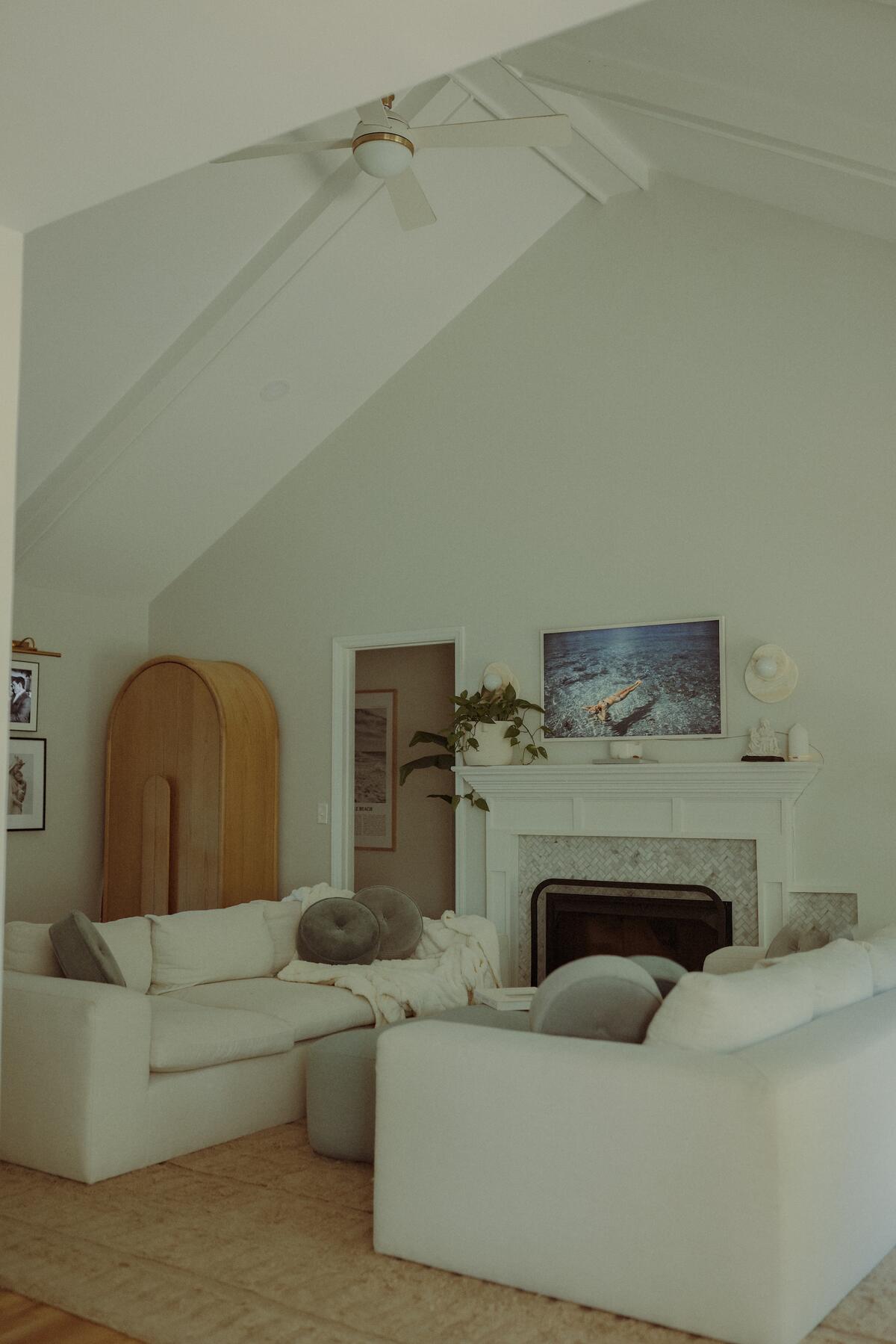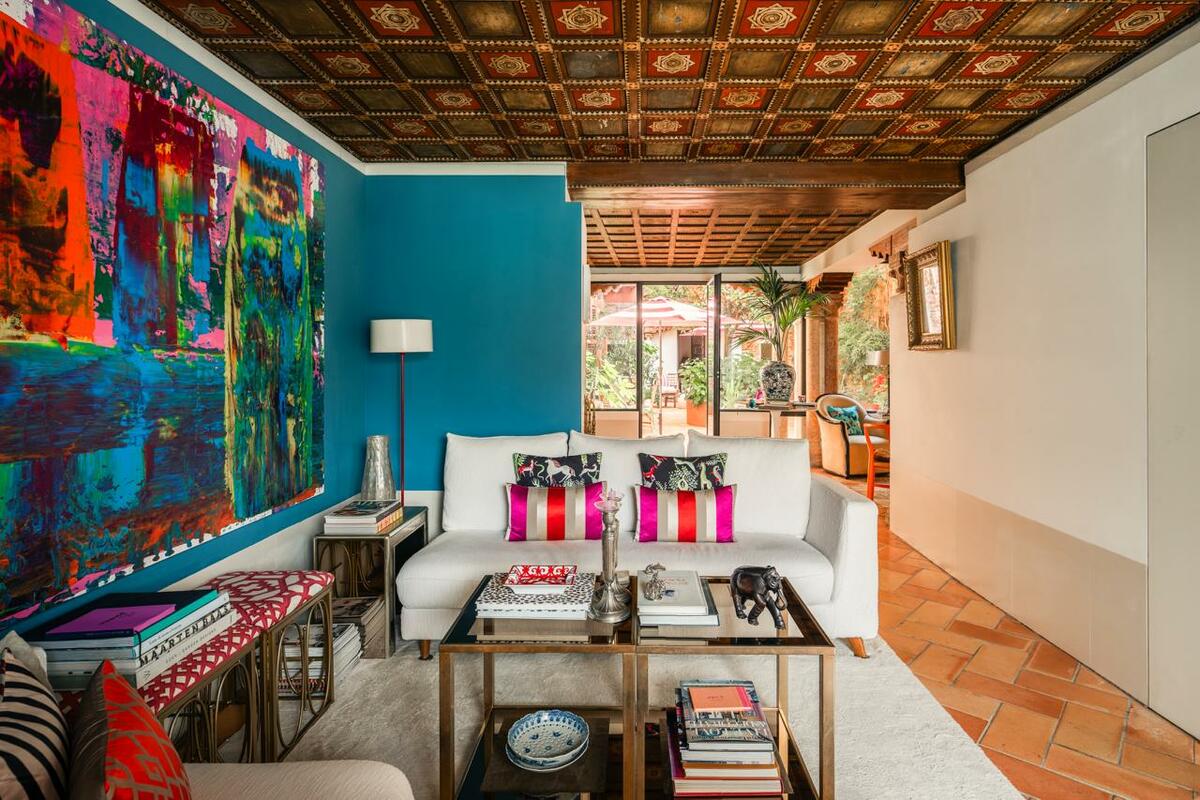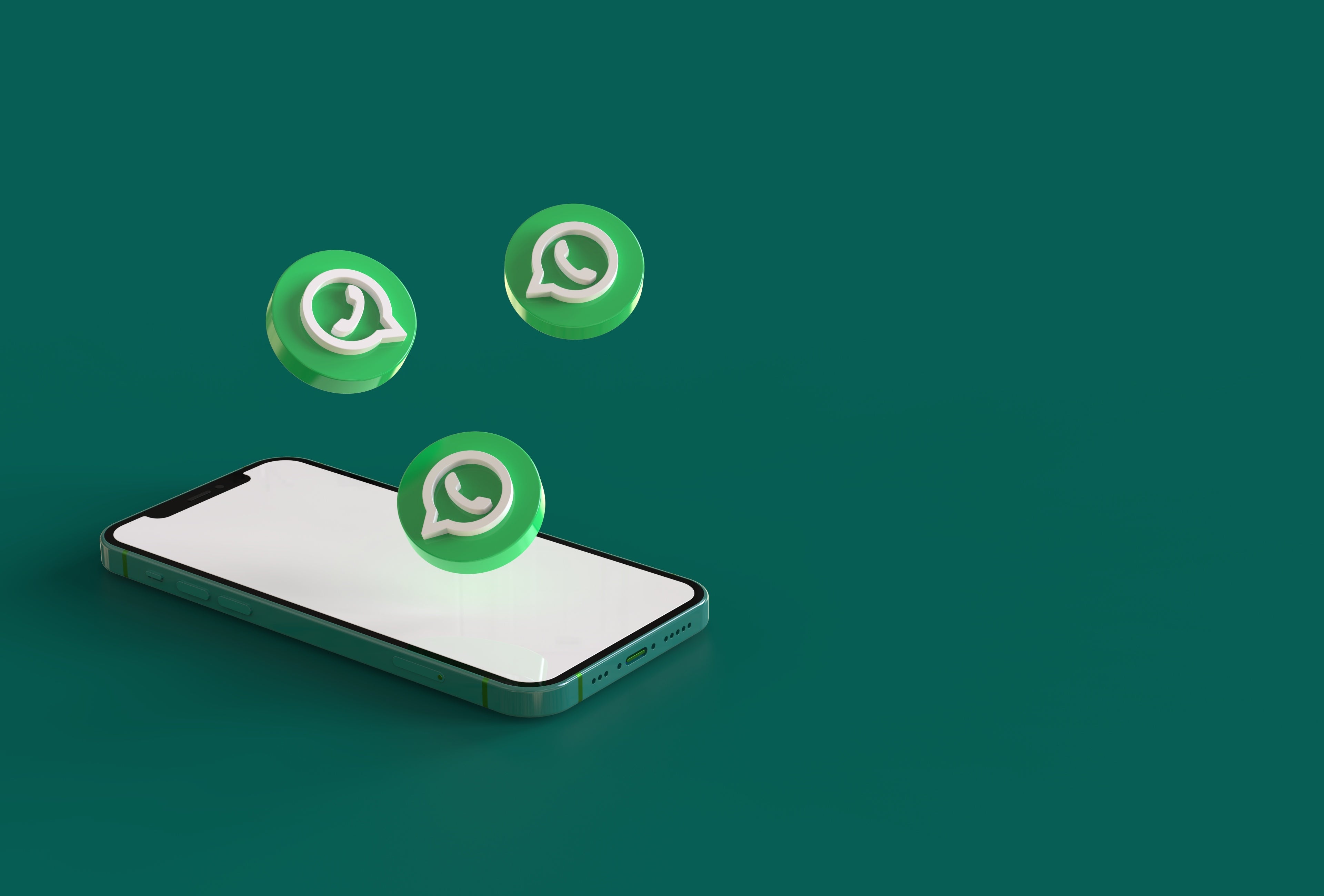Every day, Alexis Woodbury Earman wakes up to a message from a fellow designer. Usually, it’s something simple to get the group conversation going, such as, “Good morning, this is the material I’m putting in for a project today—share yours!”
Gradually, designers begin chiming in from time zones across the world. By midday, the conversation might have drifted into different territory—anything from shifts in color and material trends, to tips on managing clients and vendors, to how global news might affect their firms. Among the countless business resources out there, Woodbury Earman, co-founder of The Woodbury Home, says it’s that simple WhatsApp group that has made a world of difference in developing her firm, her design style and her sense of belonging in the industry.
“It’s more interactive, more supportive,” she explains of the group’s appeal. “Those [designer-only Facebook] groups can get so big and convoluted and have so many personalities that sometimes, when you want help, it’s overwhelming. The internet can be negative in general, but on WhatsApp, you’re able to create a more positive and collaborative environment.”
Woodbury Earman isn’t alone. In a market saturated with project management platforms, AI-powered tools and social media sites promising connection and inspiration, there’s one old standby that designers keep turning to: WhatsApp. For the uninitiated, WhatsApp is a free messaging and calling app, owned since 2014 by Meta, that uses the internet rather than SMS, a feature that makes it immensely popular among users seeking to communicate across the world. For designers specifically, that quality has made the app an essential business tool—a valued resource for getting in touch with international clientele and vendors and communicating with peers during trips to design fairs abroad. And designers say it has taken on a much bigger role over the years as a crucial workflow tool and an online gathering place.

That’s how the evolution unfolded for Miami-based designer Jeremiah Goll, who launched his design business, JeGoll Interiors, in 2018. Goll had long used WhatsApp for personal reasons—a necessity, he says, in a city with so many international residents—and soon found it to be the perfect tool for drawing a line between work and personal communication. For each project, he now has three WhatsApp groups: one to communicate with clients, another for contractors, and a third with everyone involved in the project.
“In our design world, it’s important that everybody knows what’s happening,” he says. “[With WhatsApp], it’s easier for me to control that when it’s not being mixed in with my personal text messages or group chats.”
Interior and product designer Peter Oleck, co-founder of Miami-based boutique and design studio Pietra Casa, adds that WhatsApp is particularly well suited to design communications: Not only is it capable of sending a large volume of high-res images, but its tools allow users to quickly mark up PDFs, drawings and pictures in the app, expediting off-the-cuff revisions and edits. Beyond that, it’s a guaranteed, direct line of communication between himself and clients—which can’t be said for every channel.
“It’s almost like this VIP tool for you and your clients. I get a million emails a day—if a client emails me, I’m not going to respond right away,” he says. “But if you send me a message on WhatsApp, I’m going to get back to you within a few minutes. Whether I’m in a meeting, whether I’m not in a meeting, it’s instantaneous and it’s easy.”
New York designer Sara Mosele uses WhatsApp internally at her firm. She’s especially a fan of the app’s poll feature, which allows her to run several product or material options by her team and quickly receive a direct response. When it comes to client communications, however, her favorite feature is voice notes, which offers wider capabilities than iMessage, including longer audio messages as well as the ability to pause and increase the speed.
“I feel like conflict and miscommunication always happens because of the cold tone in text or email,” says Mosele. “So when I have to communicate a touchy issue or really good things, with my voice I can control the mood.”
For many, WhatsApp has also become a way of connecting with the broader design community. During this year’s Venice Biennale, Tiffany Farney, founder of public relations firm Digital Thread Consulting, and Byron Cordero, founder of Cordero Consulting, were added to a group geared toward connecting artists, curators, designers and other industry members in the Black and Brown community. Months later, Farney says the group, which has grown to 450 members, continues to use the chat as a way to connect and organize meetups at other design events around the world.
“The fact that everyone is from across the world, and WhatsApp allows them to have the space where they’re continuing to connect—I’ve never seen a group like this,” she says. “It’s a powerful connector.”
Groups organized by location can have an even deeper impact on a designer’s business. After attending a networking event last year, Goll met the moderator of an invite-only WhatsApp group of designers, vendors and contractors from Miami’s design scene. The chat allows him to field invites to new store openings or design-related events across the city, as well as pose unique project queries. “If I’m looking for someone who can provide me with custom mirrors, for example, I can ask the group chat, and one of those 20 people has to know someone,” he says.
In another group Goll belongs to—a chat that began as a way for designers to stay in contact during a trip to Italy sponsored by furniture company Addison House—the tone is a bit more candid. A year ago, when he was working with a contractor who tended to overstep his bounds, he sought out the group’s advice on how to approach the issue. “I was trying to figure out how to speak up—a ‘stay in your lane’ kind of situation—and I just didn’t know the correct words [for that conversation],” he recalls. “I reached out to my group and asked, ‘Guys, what’s the proper way to say this without sounding bitchy?’ It’s just one of those small things where they give you good information and good feedback.”
As a designer relatively new to running his own firm, belonging to a group that includes industry veterans of 15 or 20 years has allowed Goll to tap into business wisdom beyond his years. “With these groups, it’s so much more personal—they understand me, they get the situation, and they can give me better advice,” he says. “It’s so necessary to have a support system like that, where if you’re going through something, they’ve probably gone through it before.”
Chicago designer Erin Shakoor, who belongs to several design-focused WhatsApp groups, also counts these communities as sources of advice on everything from dealing with contractors to comparing pricing strategies, along with a place to exchange encouragement for achievements like securing major projects or reaching new milestones in their businesses. More than anything, she has found that it’s an effective way of continuing the thread between events and in-person meetups.

“It’s an enhancement to an existing mode of communication,” says Shakoor. “[Many] of those WhatsApp groups started in conversation and community and Zoom meetings and email, and then we use WhatsApp as a support or an answer to a prior conversation or a follow-up that’s needed.” Other groups she belongs to have worked in reverse: the Black Luxury Interior Designers group for designers in Chicago, for example, was launched by designer Brooke Lang as a way to share local resources, event invitations and referral information. Now the group also meets in person every two months.
The WhatsApp group that Woodbury Earman belongs to followed a similar trajectory, starting out as a way of connecting designers across Mexico, which expanded into in-person meetups. For her, it has been an essential resource. Back when the Wilmington, North Carolina–based designer (who has dual citizenship in Mexico) was first contemplating a career in the industry, her aunt, an interior designer herself, added her to the group. By soaking up the inspiration and project images through the chat—along with the business advice others shared—Woodbury Earman soon began to forge her own path forward. “I don’t think I would have gotten into design if I hadn’t been able to experience that, and if I hadn’t been given the confidence from that community,” she says.
The group is active daily with conversations about dominant design styles in Mexico today, along with how those trends compare to those in markets outside of the country (it also includes members from the U.S., Argentina and Italy). Members also frequently send news items pertaining to the industry—recent topics included the growing number of engineered stone workers affected by occupational disease and supply chain disruptions in Mexico resulting from political unrest following the country’s recent elections.
In the end, the beauty of the app might be that it doesn’t go overboard in the added bells, whistles and features typically found on social media sites (nor the location- and device-specific restrictions that come with establishing a simple text group chat). Unlike other spaces where designers gather online, WhatsApp allows designers to step away from the competition, the algorithm and the audience. What’s left are conversations with industry peers—and what follows is the perfect setting for the walls to come down.
“It can be intimidating to get started [in this industry], especially if you don’t have a formal education—and a lot of great designers don’t,” says Woodbury Earman. “This has really eliminated that mystery around how to start your business, how to find vendors. It removes a lot of the gatekeeping that can be prevalent in the design community.”




























